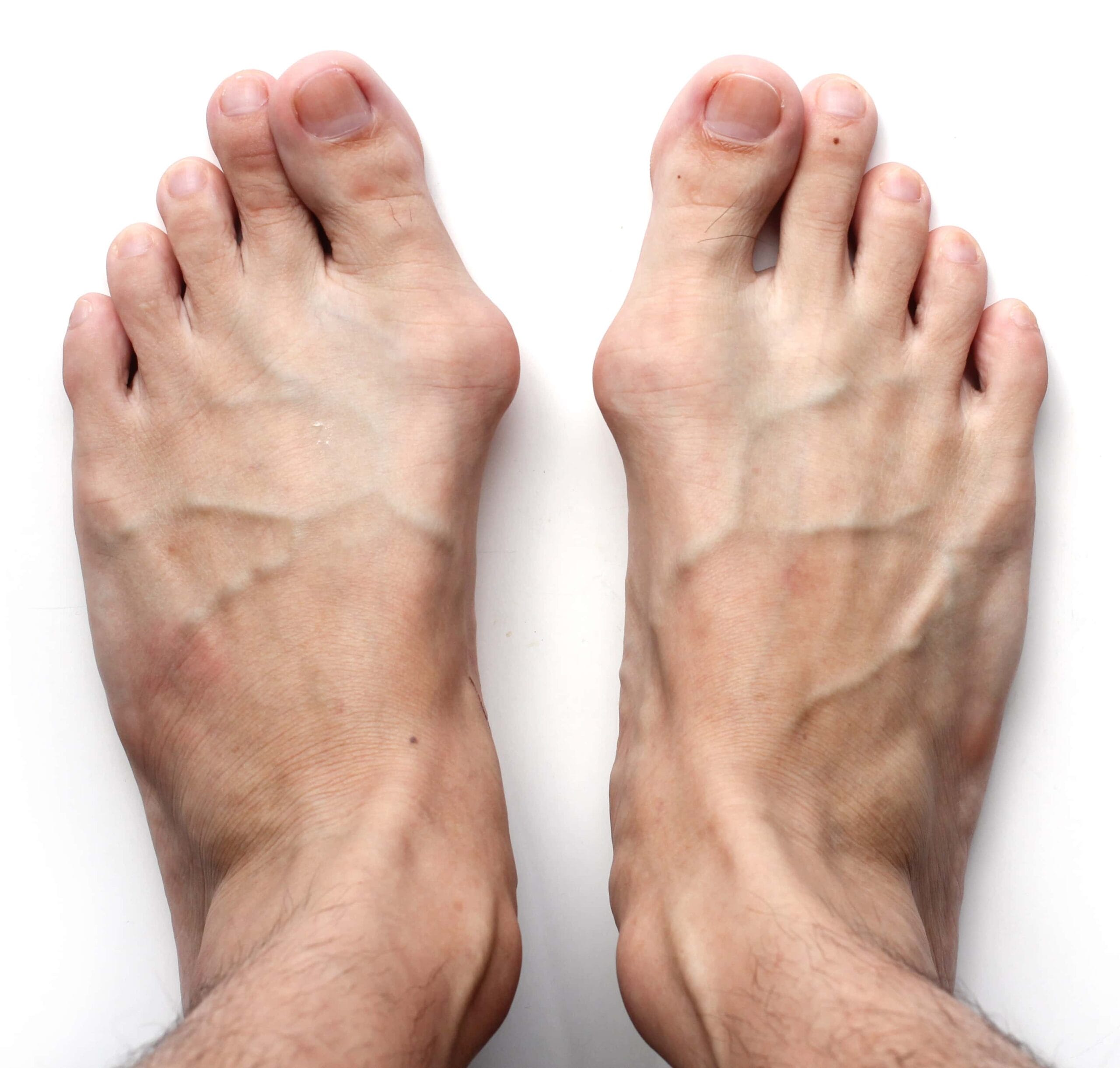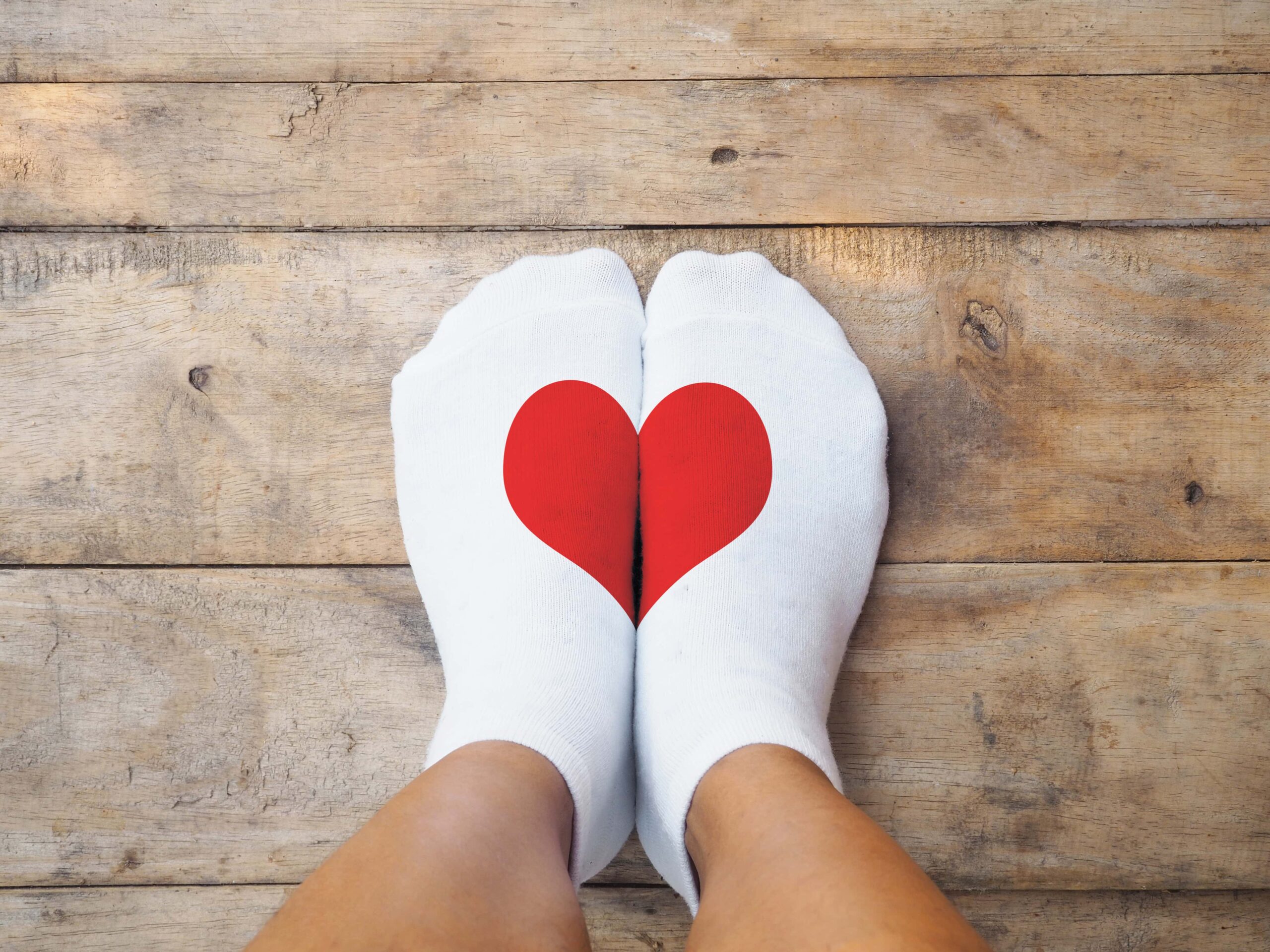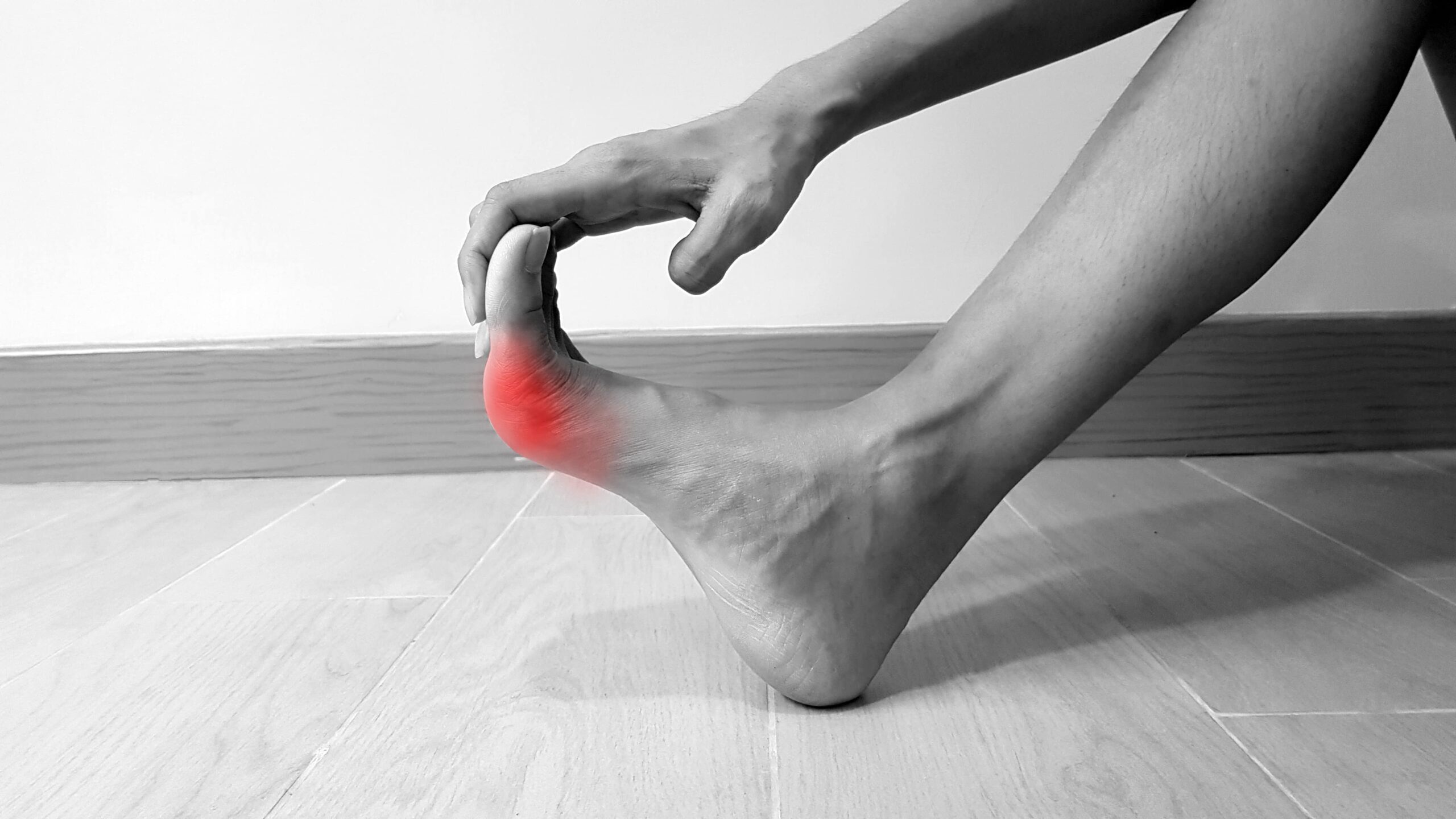The most visible part of you as you practice martial arts is your feet. And having ugly feet can be a major problem. Not just aesthetically but also physically. Nearly half the people who have bunions complain of pain their feet. And without happy feet, you can’t be an effective martial arts fighter.
Keep Those Camel-Toes Out of My Sight!
Many fighters including prominent ones like Cung Le have had devastating foot injuries that have stemmed from, you guessed it, bunions. What are bunions? A bunion or hallux valgus is a deformity of the great toe. Here the great toe moves towards the second toe, overlying it in very severe cases. They have been found in nearly 48% of adults in varying degrees. Women seem to experience it more often.
So what?
The thing about a hallux valgus deformity is that it can be painful. In some people the deformity is asymptomatic. However, in individuals who are on their feet a lot or are using their feet to pivot and fight, this may worsen the condition.
Pain develops slowly over time. The pain could wax and wane or remain constant. Martial artists may find that they have limitations in their movement. Some may realize that their shoe size is different in one foot where the deformity is developing.
In addition to the bulging bump on the big toes, some may have swelling or soreness.
If the joint is inflamed, then it may turn red, sore, and warm. Areas where the toes rub against each other or where the toe rubs against a shoe may also develop corns and calluses. The constant deformity can also render the joint stiff.
Can I Prevent Bunions?
Yes, you can and prevent bunions because an inflamed joint can be the source of arthritis in the future. An incorrect gait can also cause further knee and hip joint problems. It’s a cascading effect. While there’s no hundred percent guarantee, prevention can protect your foot and not just the great toe from injury.
Address Joint Conditions
To start with address any joint issues you may have. Do you have gout, rheumatoid arthritis, or other joint conditions? Address these with a doctor and make sure you have no pain or tender joints. This can be a nidus for further problems. Meet with your doctor and treat these conditions.
Sensible Footwear, Please
Even before you can begin on the mat, make sure you’re wearing sensible footwear. Those Timberlands and high heel shoes could be wrecking your feet. Ensure all your footwear has room for your toes so that they are not cramped up for hours.
Use shoes that have a wide toe box and avoid shoes that feel too tight, narrow, or pointed. Get custom made shoes if your feet have different sizes. Wear orthotics if you’re flat-footed or have other secondary foot conditions. These will balance out the foot and the toes.
Make Friends With Protective Equipment
Protecting your feet is not a bad idea. Some martial artists may balk at the idea. It’s barefoot or nothing. However, in some dojos without a mat, suitable shoes are allowed. The type of shoes depends entirely on the type of martial arts in your practice. Like taekwondo allows sparring shoes. These tend to have hi-tops to stabilize the ankle as well. Various foot protectors tend to space the toes and protect the foot.
Cushions are also helpful for those with flat feet or pes planus. There are various gel cushions to specifically provide support for the great toes. Bunion splints, braces, bunion pads, toe alignment socks, bunion sleeves, corrective sandals, compression correctors, and toes caps; the list is endless. You can try any version of these along with your corrective shoes to keep the toe aligned.
Conditioning is Key
This is important. Whether you’re recovering from an injury or you’re a beginner, every martial artist knows that you need to condition and strengthen your body. This is so it can get used to absorbing the blows. In the case of your feet, they take on the brunt of your weight.
If you’re kickboxing or making contact with the mat, they’re constantly taking a beating.
You cannot give them all that punishment at once and not expect them to be injured. The stronger the base, the stronger the body.
As you strengthen your feet, it will be easier to handle the weight and swift movements better. The ligaments and tendons tend to be weak for lack of conditioning. That’s not the first thing you think about when you condition.
Large muscle groups of the leg take precedence. Yet, your feet contain 33 joints and hundreds of smaller muscles.
There are various exercises to strengthen the toes. These improve their mobility, stability, and flexibility. The exercises can seem very simple. For example, try picking up pens and pencils with your toes. Use your toes to squeeze a towel. There are specific exercises for the upper part of the toes and the lower part. Put your foot against a wall and try pushing the body away with just your toes. Gradually, you can add variations and use only one foot.
Don’t Chase Pain
Pain is your body’s way of requesting a change. If you have pain, address it, and fix it. There are plenty of causes of foot pain. One of the most common causes of foot pain is plantar fasciitis. This is commonly seen when the calf muscles are under-developed and the foot is taking on some major pressure. The pain radiates to the balls or underside of the feet. It can feel intense and some may experience burning.
Get off your feet. Ice any heel pain. Stretch out your calf muscles and toes before you spar. Use a foam roller or a tennis ball to massage your feet. Also, throughout the day, sit and rest. Long hours of standing or even sitting can affect the circulation in your feet. Your veins have to fight extra hard to pump all that blood to the heart. So make sure, you’re not ignoring that pain.
Foot Care Is An Art
While you get an annual health visit with your doctor, don’t forget to visit your podiatrist too. In some cases, foot shape, structure, genetic conditions predispose you to develop bunions. A podiatrist will identify these and propose solutions to prevent them from getting worse. They can even create custom orthotics and shoes to improve your condition.
Treatment for Bunions
If all else fails, then you can try surgery to fix bunions. Especially if they limit your motion, affect your gait, or are extremely painful.
The procedure to fix it is called an osteotomy. Here, the bone of the big toe or the metatarsal bone is divided and put back into its normal position. The bony protrusion is trimmed away. Once the upper foot is effectively narrowed, the big toe is strengthened. The bones are held together with surgical screws or staples.
A special type of post-operative shoe is worn to protect it. These shoes always have to be worn, even in bed. After two weeks, the podiatrist will remove the sutures. Exercises are prescribed right away to prevent any stiffness. You can wear regular shoes after six weeks and after three months, you can go back to regular sports.
There are various approaches to this surgery, but the overall result is satisfactory. Most of the population that undergoes this surgery see a remarkable improvement with few side effects.
Happy Feet for Everyone

Source: Warner Bros.
Happy feet are possible despite the beating they take at kickboxing, Muay Thai, or whatever art form you practice. With just the right approach to foot care, the right conditioning, and a little TLC from a podiatrist, you can banish problems with bunions forever. Here’s to your happy feet!
Do you have bunion problems? If so, how have you dealt with them at the dojo? Let us know in the comments section below.




